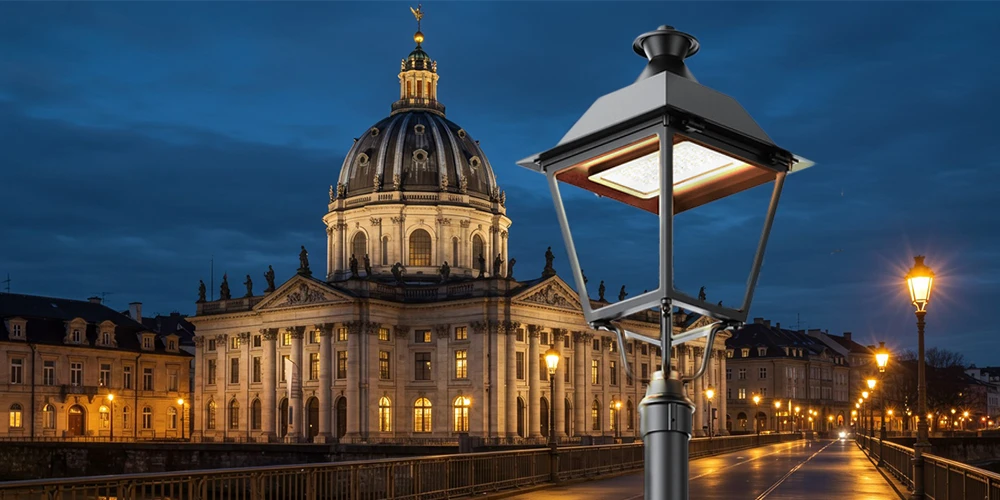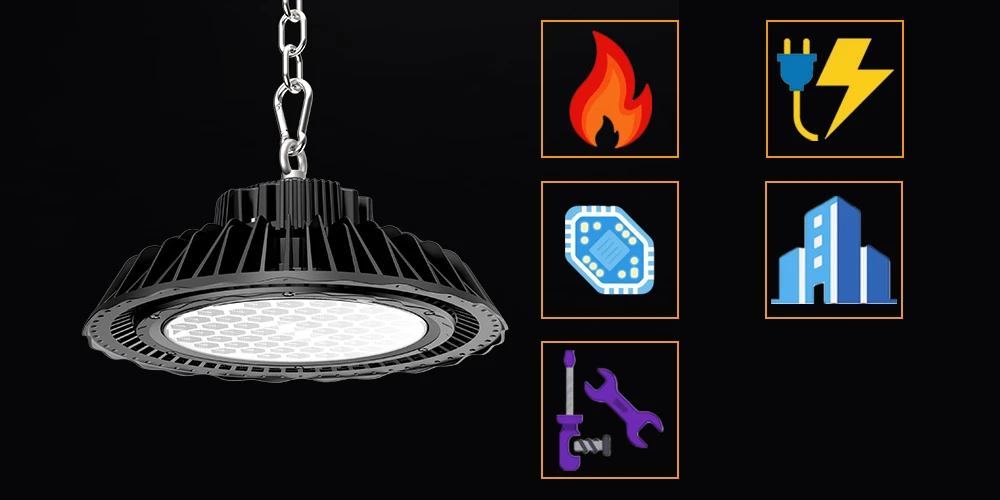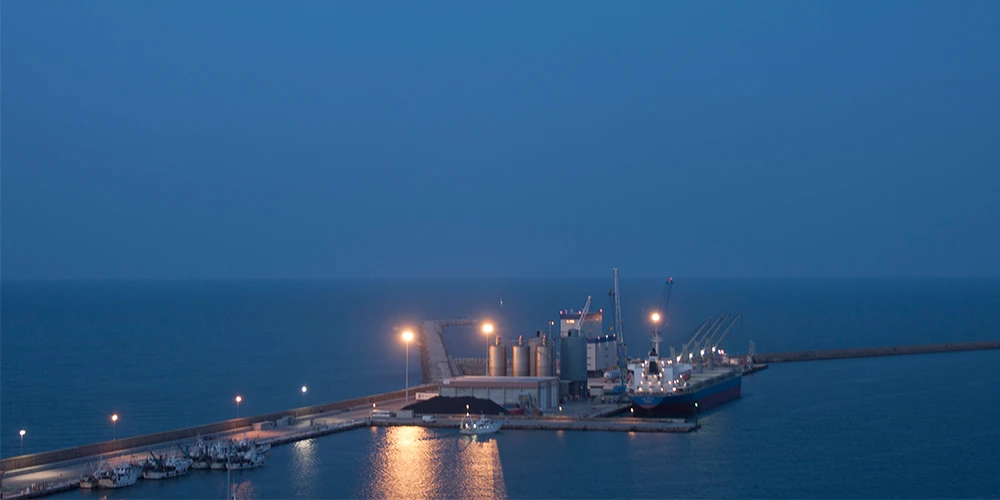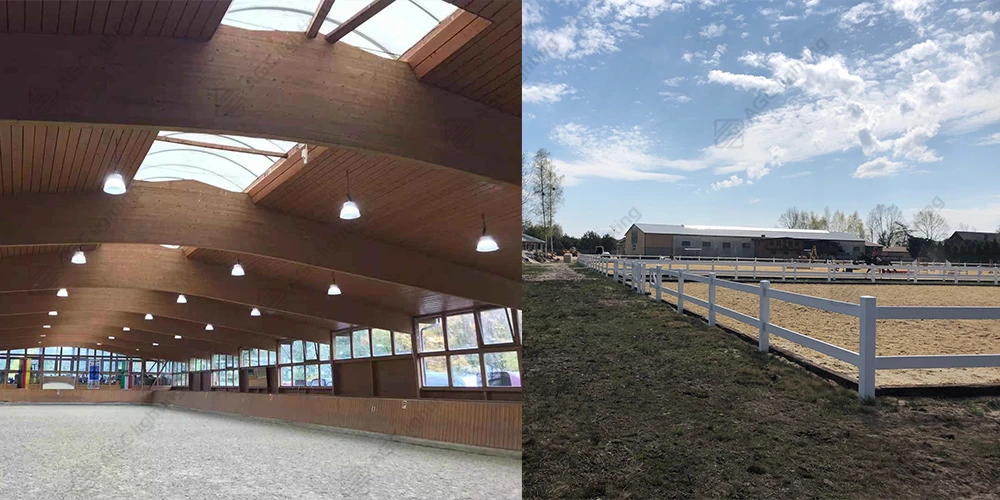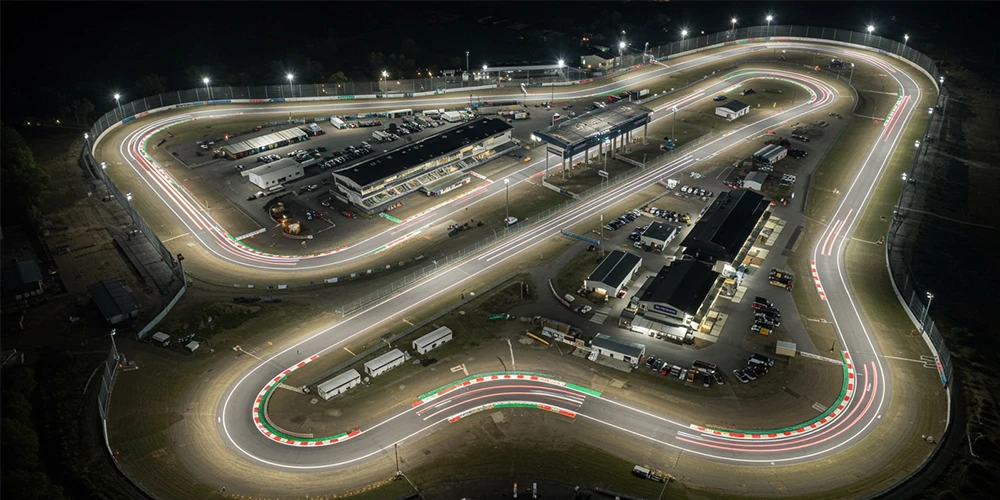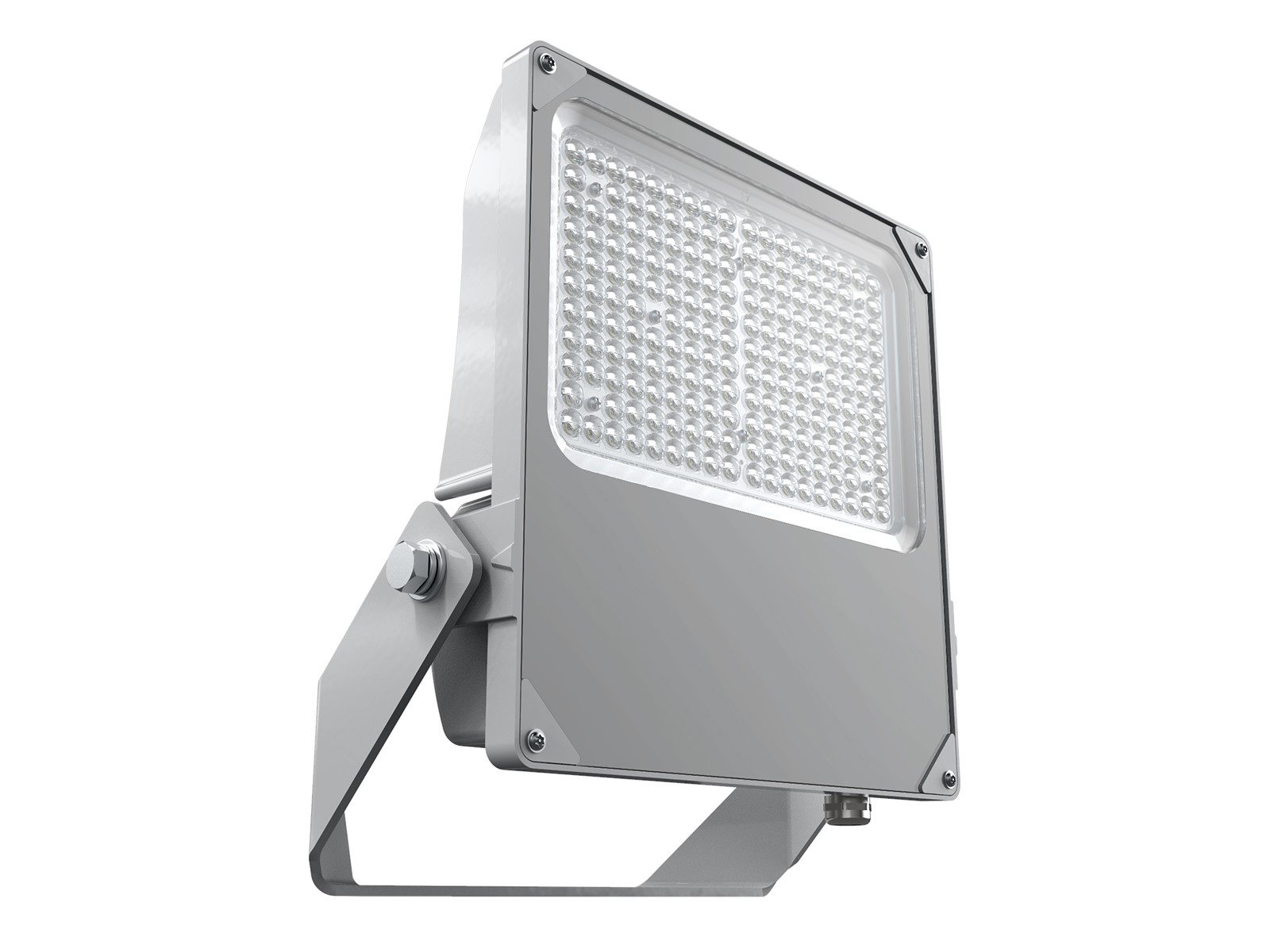Outdoor coastal lighting is critical for the safety of pedestrians and the beauty of the coastline. But outdoor coastal lights are significantly different from other public lights. Not only the pavement, but also the port and harbor along the coastline require sufficient lighting at night. The salty and wet environment adds particularity to the lights in coastal areas as well. It means that coastal lights must be anti-corrosion and waterproof.
Most people only know that coastal lights have the risk of corrosion without further understanding the coastal environment and how the lights withstand harsh environments. This post would like to talk about the little known relationships between outdoor lights and coastal environment, including the effects on each other and the ways to against negative impacts.
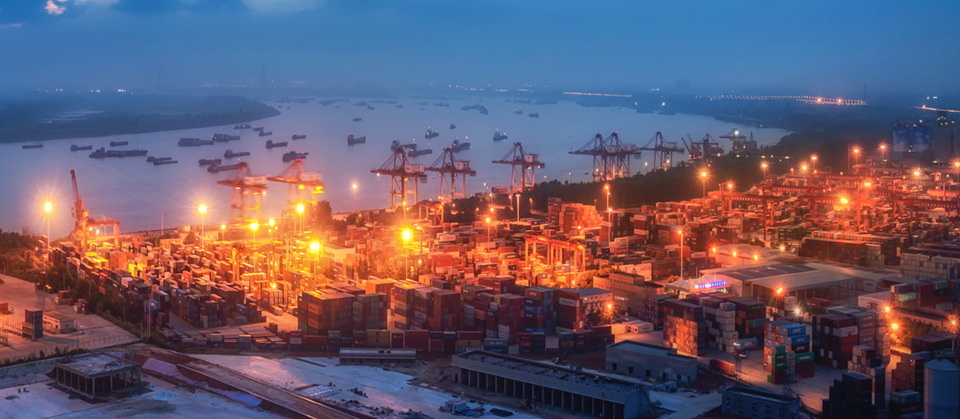
What are the effects of coastal environments on lights
The coastal environment features sea salt and moisture, bringing a high risk of corrosion and rust to lights. As known, water can cause electronic components and metal to rust at a lower speed than salt water. Salt accelerates the process due to the greater conductivity. The sea salt is airborne, and it is spread widely through the wind. The coastal environment has a higher salinity than other areas. The moisture and salt air provide the catalyst for light corrosion and rust. Breakdowns and performance alterations occur more frequently. Therefore, lights in coastal environments are more susceptible to rust and corrosion.
What makes the condition even worse is the extreme weather, which may be accompanied with strong winds and heavy rain. The extreme weather increases the burden on lights, speeding up their failures.
Not all the lights in coastal environments have the same rate of corrosion and rust. The rate of corrosion and rust of lights is related to wind speed, wave height, distance from lights to the coastline, material of lights, etc. In addition, corrosion and rust of lights is inevitable. All efforts are made to delay the corrosive process and extend the lifespan of lights.
How outdoor lights survive harsh coastal environment
Salty and moisture are the major threats to the lighting performance in coastal environments. Solutions that enable lights survive harsh coastal environment are mainly divided to two ways. One is to block the threatening factors from lights while the other is to strengthen the resistance to salty and moisture air.
Block the threatening factors from lights
Finishing and coating are utilized to block the moisture and salty air from lights, protecting lights from corrosion and rust. Finishing and coating make lights more durable as well. Electrophoretic coating and powder coating are extensively used to coat the metal components. They are the painting processes aimed to improve durability and enhance resistance to corrosion.
Electrophoretic coating is generally taken as the first painting process for metal components. Powder coating offers the resistance to heat and UV rays. A combination of electrophoretic coating and powder coating offer double protection for lights. But corrosion and rust are inevitable. The finishing and coasting surface still react with oxygen and water, at an almost negligible level.
Strengthen the resistance to salty and moisture air
Resistance to salty and moisture air is highly rely on the material of lights. Zinc, copper, and steel react with oxygen and water actively, promoting corrosion and rust. Although they are less expensive, they cannot be selected as the material for coastal lights. In contrast, stainless steel is more stable than former metals. But it is expensive and not affordable for most people. Aluminum is the most commonly used material for coastal lighting. Aluminum works effectively in corrosion prevention and ingress protection. It is also cost-effective.
To ensure the resilient resistance, lights are subjected to a salt spray test for 200 hours. Pitting, deterioration, cracking, or other damages are not allowed to appear after the test. This test is crucial to ensure the stable performance of lights in coastal environments. But the actual conditions are harsher. AGC attaches importance to product quality. Our Marina FL23 anti-corrosion flood light passed the salt sprat test for 1,200 hours before shipping. Making sure the products are stable and high-performance.
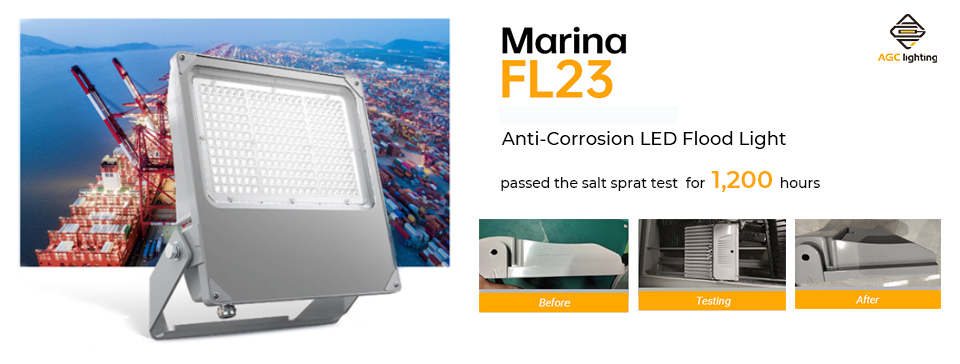
What are the effects of lighting on coastal environments
It goes without saying that coastal lights play an important role in increasing visibility for pedestrians and decorating the coastline. Bright and comfortable lighting brings an enjoyable atmosphere. Pedestrians release the stress and enjoy the beautiful scenery along the coastline. Coastal lights also contribute to promoting public safety and reducing crime. Accidents are less likely to occur because the environment and pedestrians are recognizable with adequate lighting at night.
But it does not imply that lighting is always beneficial to coastal environments. Not just humans but also other creatures, such as animals and plants, live in the coastal environment. We should keep in mind that animals and plants are more sensitive to artificial light than humans. A light level that is sufficient for us may be excessive for animals and plants. For example, lights located near the shoreline emit light and trespass the habitats of sea turtles, disrupting their routine and making sea turtles chaotic. Another problem is the light pollution to the environment, which is known as ‘sky glow’. Birds that live in and around the coastline can suffer from sky glow or even die.
How to prevent light pollution in coastal environments
There are three ways to prevent light pollution in coastal environment, reducing light level and number of lights, keep lights away from beach, and using full cutoff lights. Since most creatures are more sensitive to light than humans, reducing the light level and number of lights can mitigate the light trespass to animal habitats in a certain degree. However, a reduction in the quantity of lights and light level does not mean the compensation of the minimum requirement of safety.
A more effective way to avoid negative impact on sea creatures is to keep lights off the beach. It means that the lighting distribution should be designed carefully. A widespread light distribution may stray the light onto the beach and sea. If possible, repositioning the existing lights and prevent light pollution to coastal species.
To avoid sky glow, full cut-off, and fully shielded lights shall be utilized. Spill light is blocked by the shields and the light can be only downward directed. The downward light is supposed to shine on the pavements, boardwalks, and roadways only. Otherwise, the light will diffuse and affect the normal routine of coastal species.
Conclusion
The special salty and moisture coastal environment is a great challenge for outdoor lights. Lights are more susceptible to corrosion and rust. To survive the harsh coastal environment, stable material, finishing, and coasting are equipped for the lights. Thanks to the sufficient lighting, pedestrians can enjoy and beautiful scenery at night. It also contribute to public safety. But light pollution that trespass to other creatures’ habitat and sky should be avoided. Lights shall be keep away from beach while full cutoff and fully shielded lights should be utilized.



